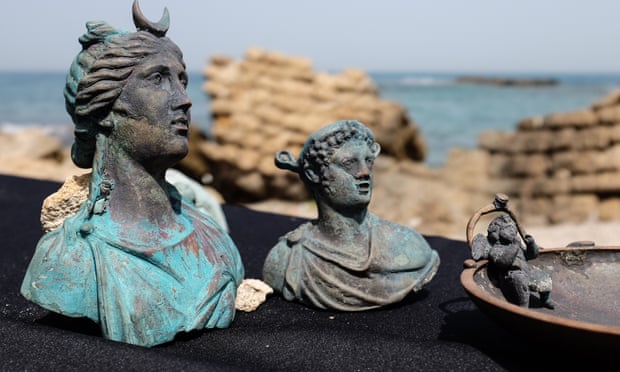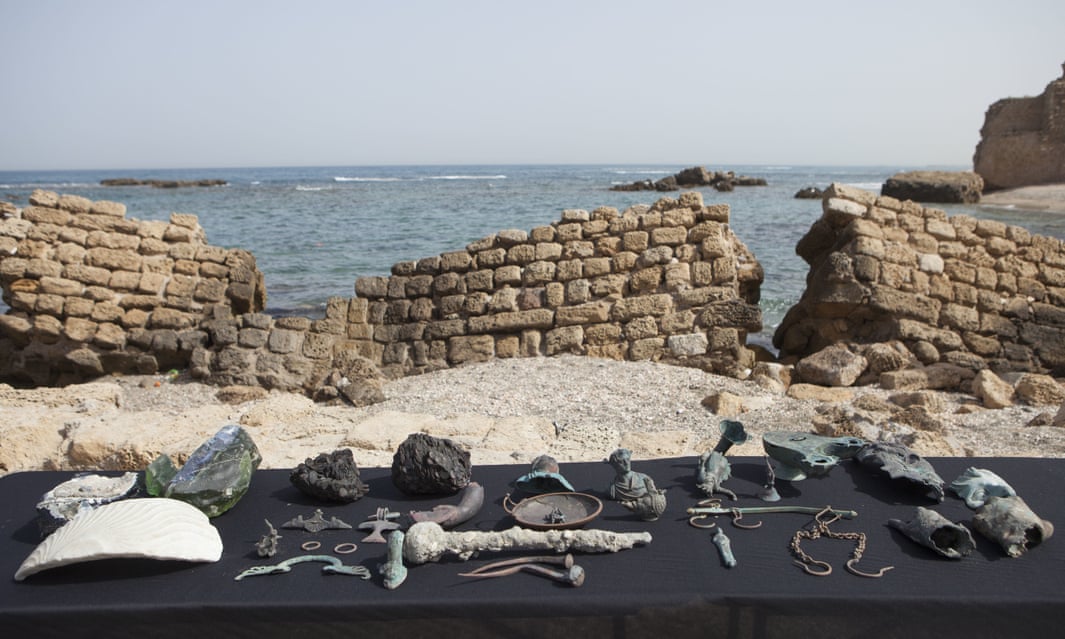Mahane Yehuda, also referred to as the "shuk" - the market - (not to be confused with the Arab souk in the old city), is one of my favourite places to visit in Jerusalem. Last Thursday night I decided to check out the beer and sample some of the night life of this iconic place.
 |
| The Largest Garlic Cloves I've Seen! |
Mahane Yehuda is not actually the market, rather a small neighbourhood established across the Jaffa Road named for Yehuda Navon the brother of one of the neighbourhood's founders.
 |
| The Light Rail Stop |
The market wasn't planned but grew organically from its humble beginnings at the end of the 19th century when local Arab farmers sold their produce to passengers disembarking from the carriage on its final leg from the Jaffa Port to Jaffa Gate.
 |
| Freshly Ground Tehina from Halva King |
As the new city began to develop along the Jaffa Road, the area became more populous. By the 1920's the British decided to organise the random stalls on its current permanent site.
 |
| Olives - my favourite! |
New Jewish immigrants opened stalls and to this day areas are known by the origin of its founders - the Iraqi Market and Georgian Market to name just two.
 |
| Dried Fruit and Nuts |
Ramshackled structures have undergone renewal and, since the 1980's, the market has been gradually upgraded. Now you can find not only the freshest fruit and vegetables in town but also boutique clothing, wines and cheese and fun places to eat.
 |
| Challot for Shabbat |
 |
| Beer Bazaar - local beers and friendly people |
 |
| Not Just Beer |
The shuk is transformed on Thursday nights after the stalls close. Tables are set out along the market streets and the young at heart enjoy food and beer into the wee hours.
All in all a wonderful cultural and gastronomic experience not to be missed. Make sure it's on your itinerary!

















